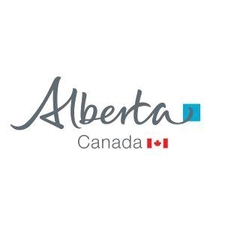WATER-QUALITY
Type of resources
Topics
Keywords
Contact for the resource
Provided by
Formats
Representation types
Update frequencies
status
-

The Aquifer Vulnerability Index (AVI) is a method of assessing the vulnerability of aquifers to surface contaminants in Alberta. An aquifer is a geological formation that is permeable enough to transmit sufficient quantities of water to possible to support the development of water wells. In the assessment of aquifer vulnerability to potential contamination, the depth to the aquifer and the types of geological materials above them are considered. For example, aquifers closer to the surface overlain with pervious surface materials are more vulnerable to contaminants, as compared to aquifers found deeper and covered with a thick layer of impervious material. The AVI ratings indicate the potential of surficial materials to transmit water withy contaminants to the aquifer over a period of time. This data was created in 2002 using ArcGIS.
-

The data represents the relative expense of farm chemicals (herbicides, insecticides and fungicides) in the agricultural area of Alberta. It is an estimate of the degree to which crop production agriculture may contribute to surface or groundwater contamination.Agriculture production that makes greater use of herbicides, insecticides and pesticides in generally considered more intensive. Presenting the relative farm chemical expenses by SLC polygons reveals where the most intensive agricultural production in the province occurs. Chemical use is part of an equation to determine a measure of surface water quality risk. If an area is known to have certain risk factors that would affect not only surface, but groundwater quality as well, a higher chemical expense index ranking in that same area may be of concern. Where risks of surface or groundwater contamination exist, environmental farm planning can help to minimize them.
-

This map displays an assessment of groundwater quality risk for the agricultural area of Alberta. Agricultural activities that may have an impact on groundwater quality include livestock, crop production and agrochemical use. These activities along with the physical characteristics represented by aquifer vulnerability and available moisture were combined to produce this map. The classes shown on the map were ranked from 0 (lowest risk) to 1 (highest risk). This resource was created in 2005 using ArcGIS.
 Arctic SDI catalogue
Arctic SDI catalogue